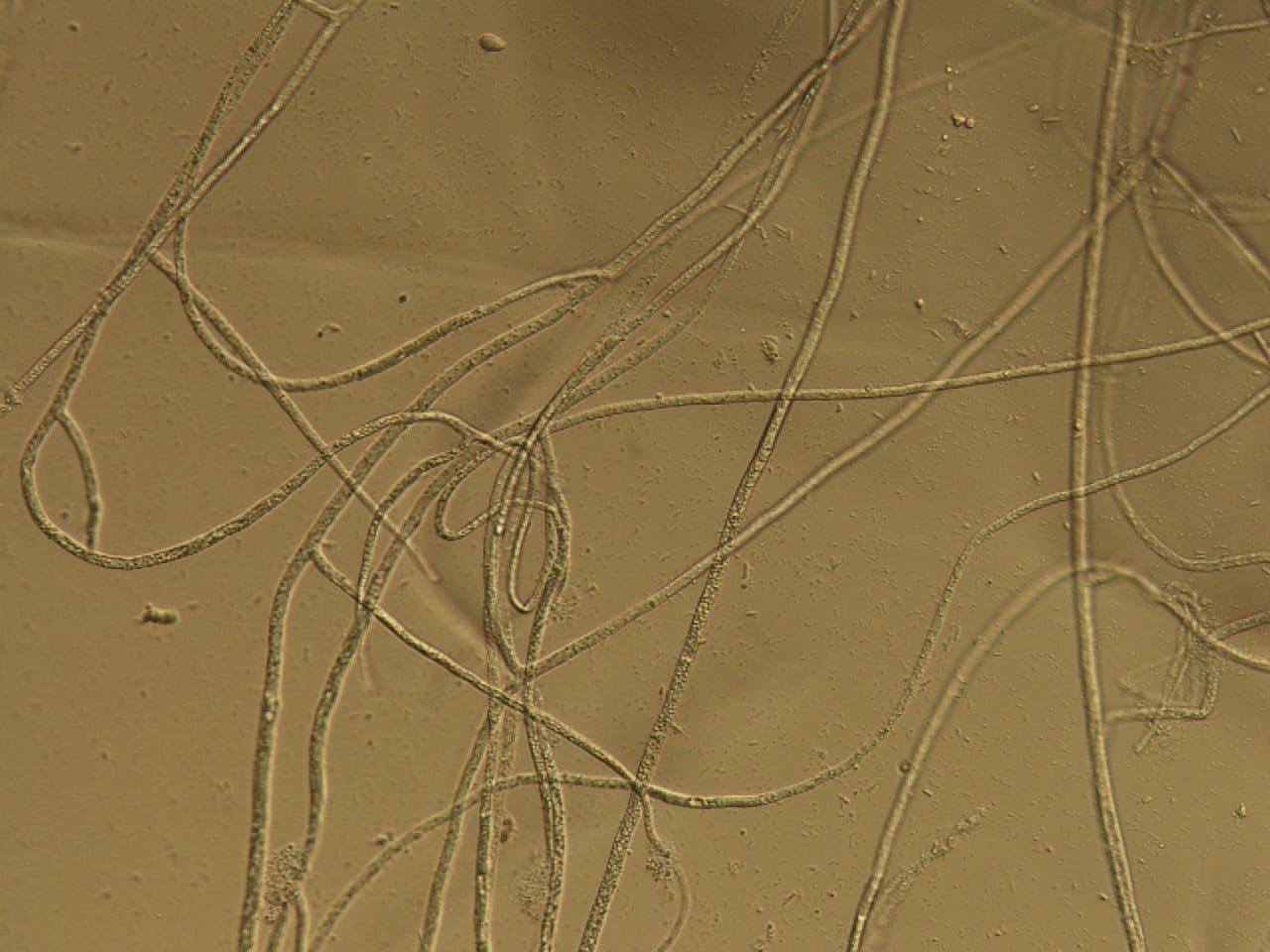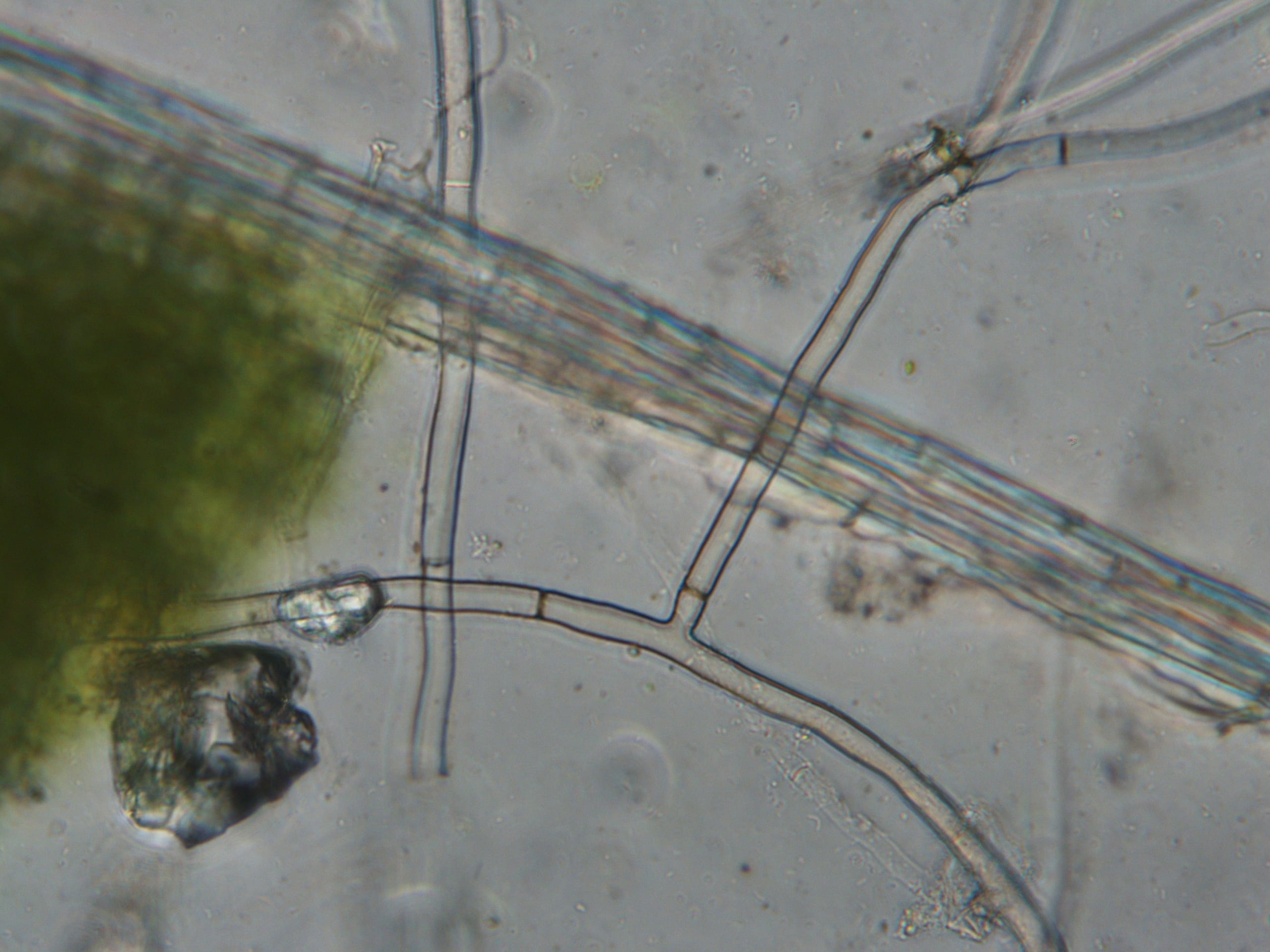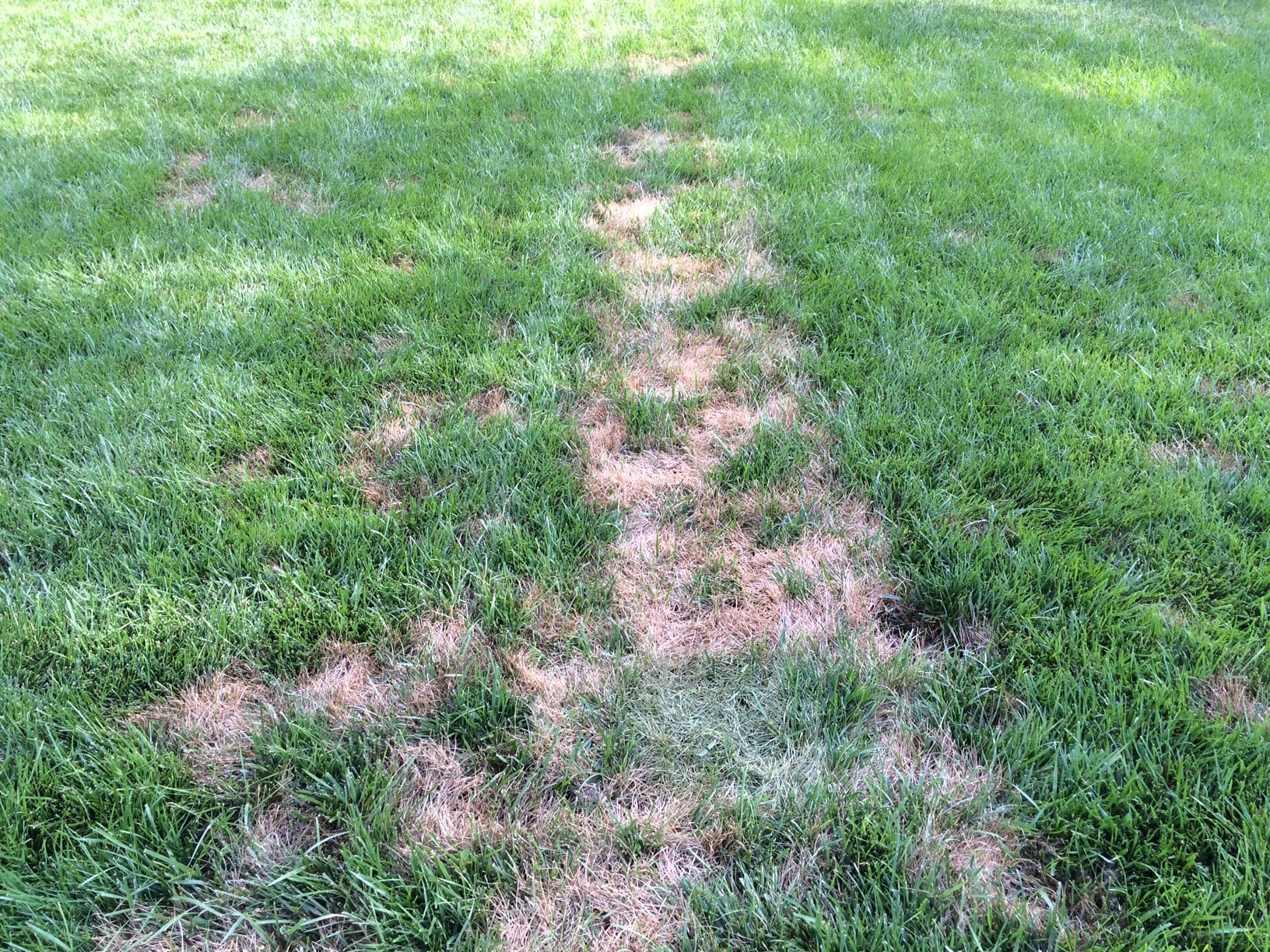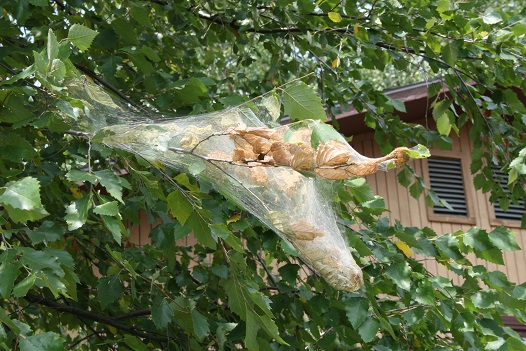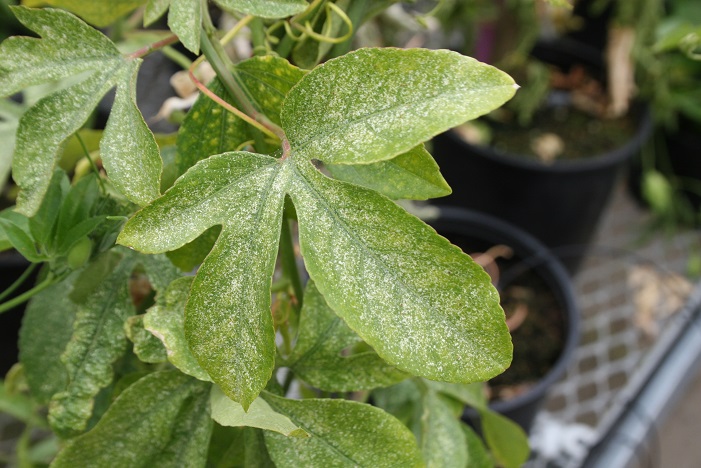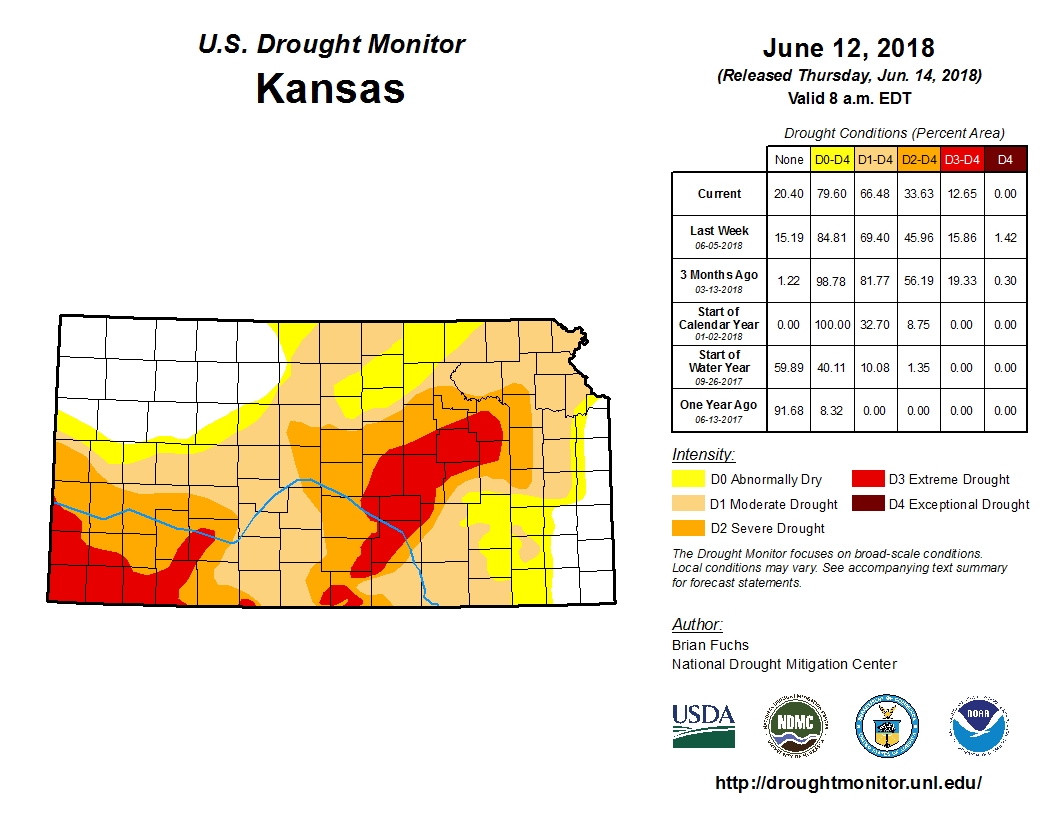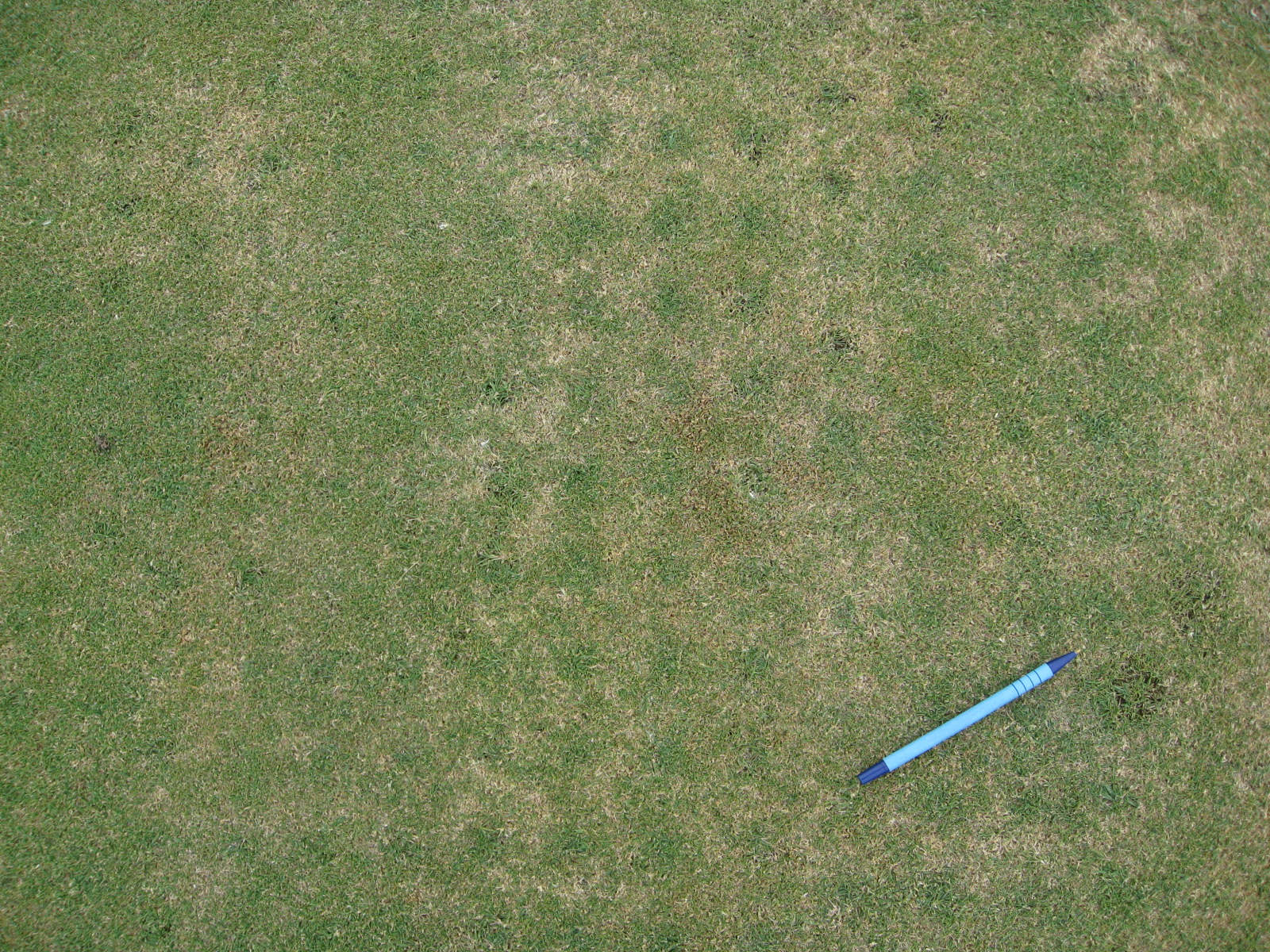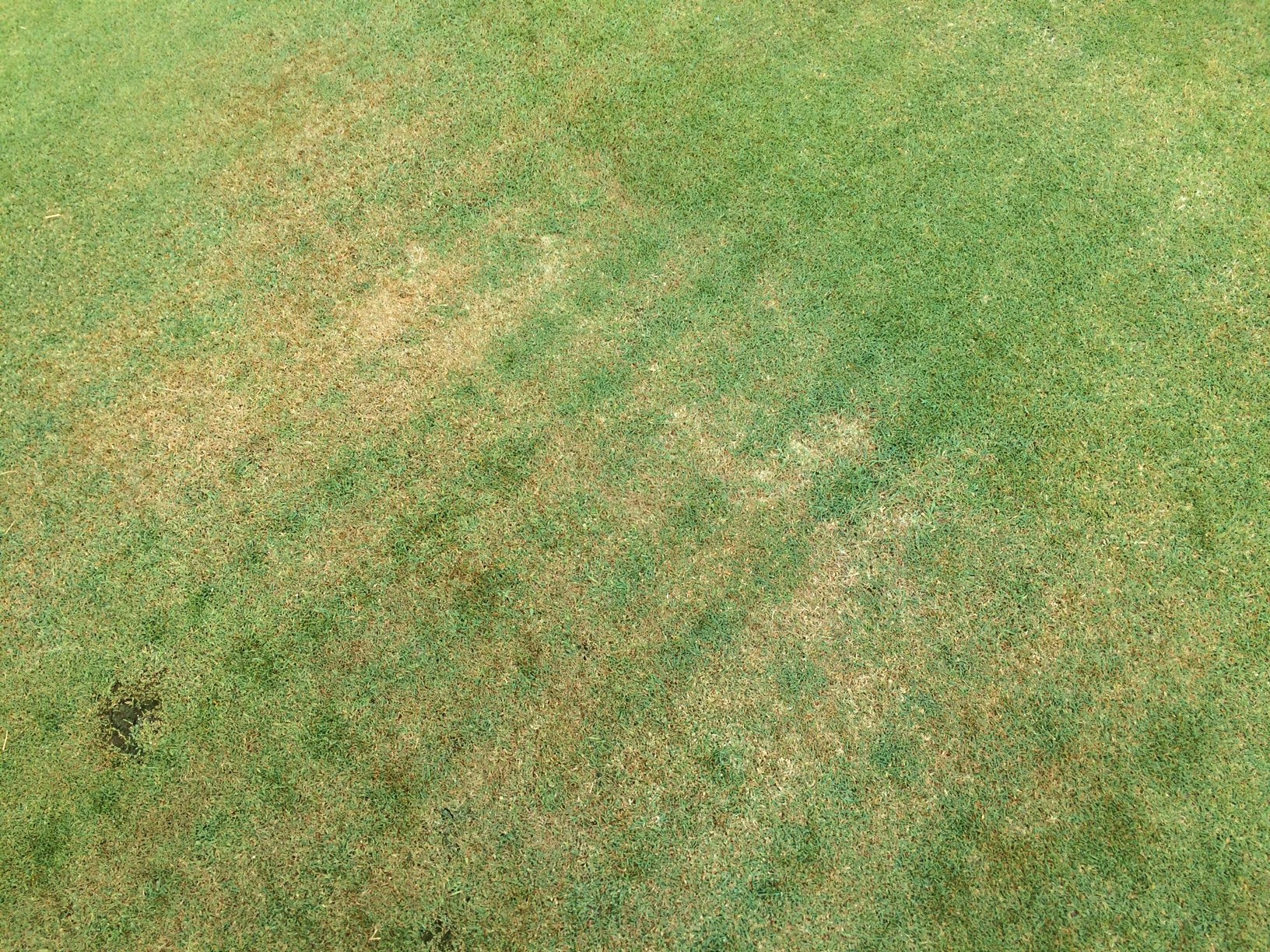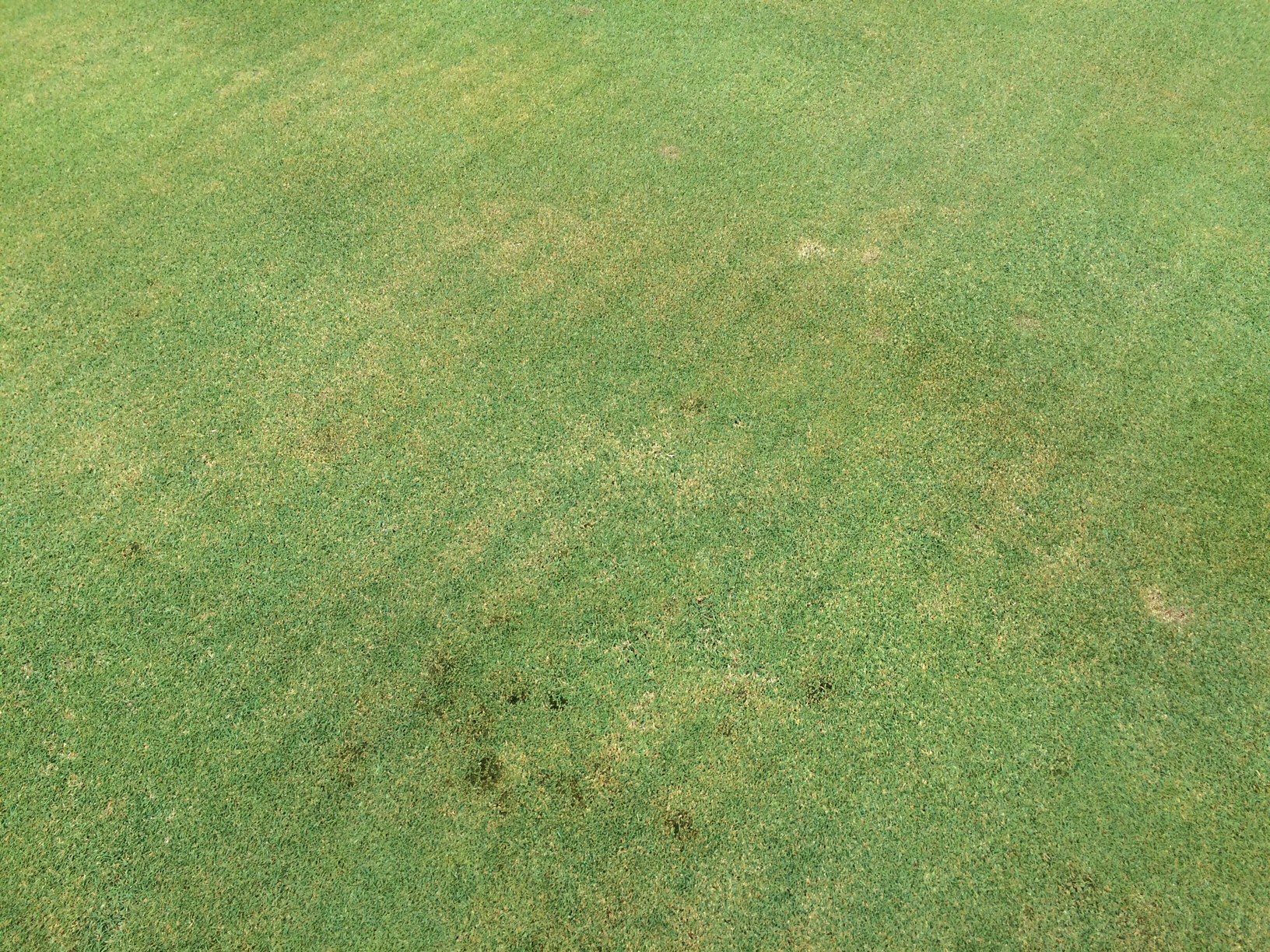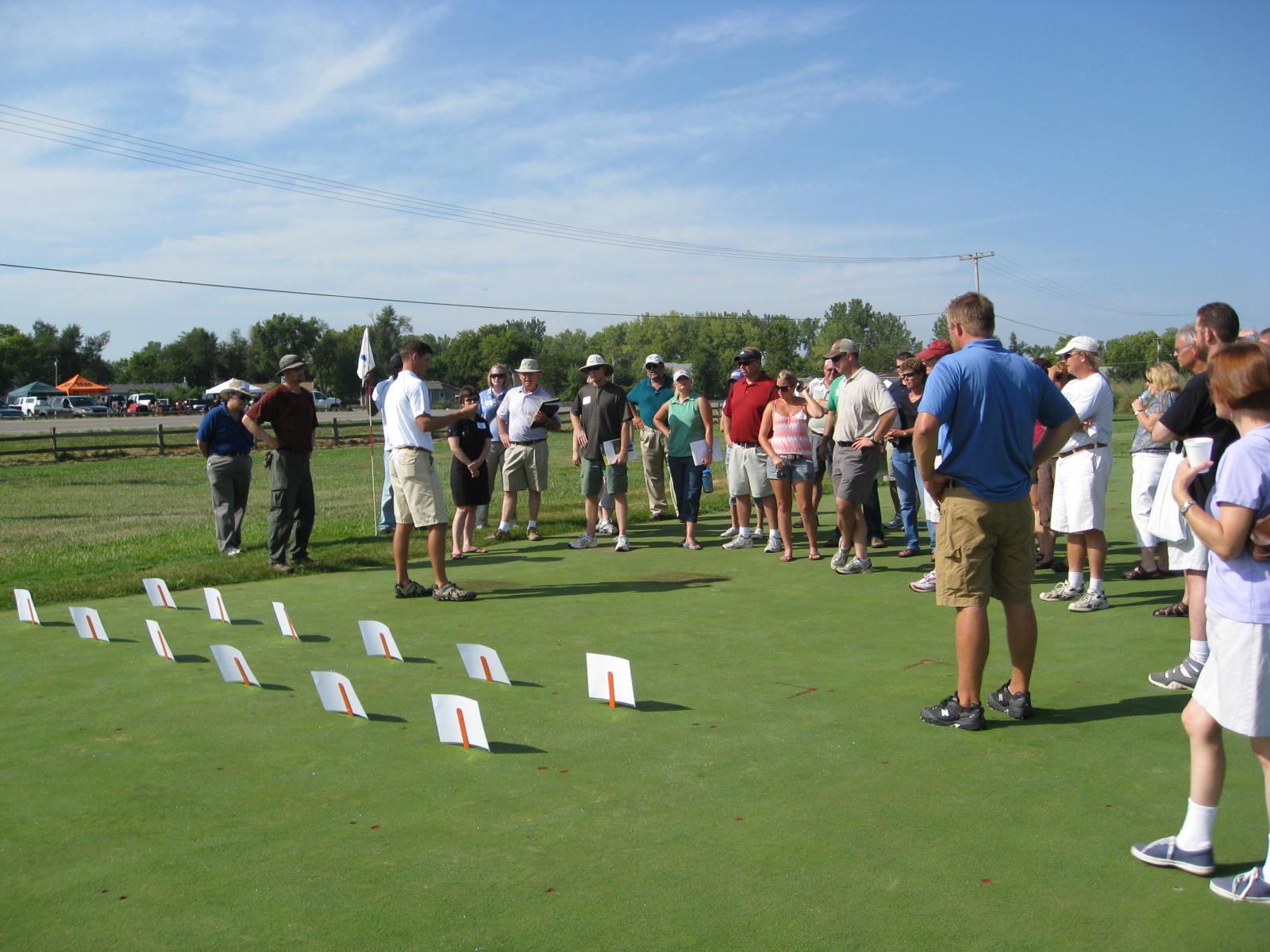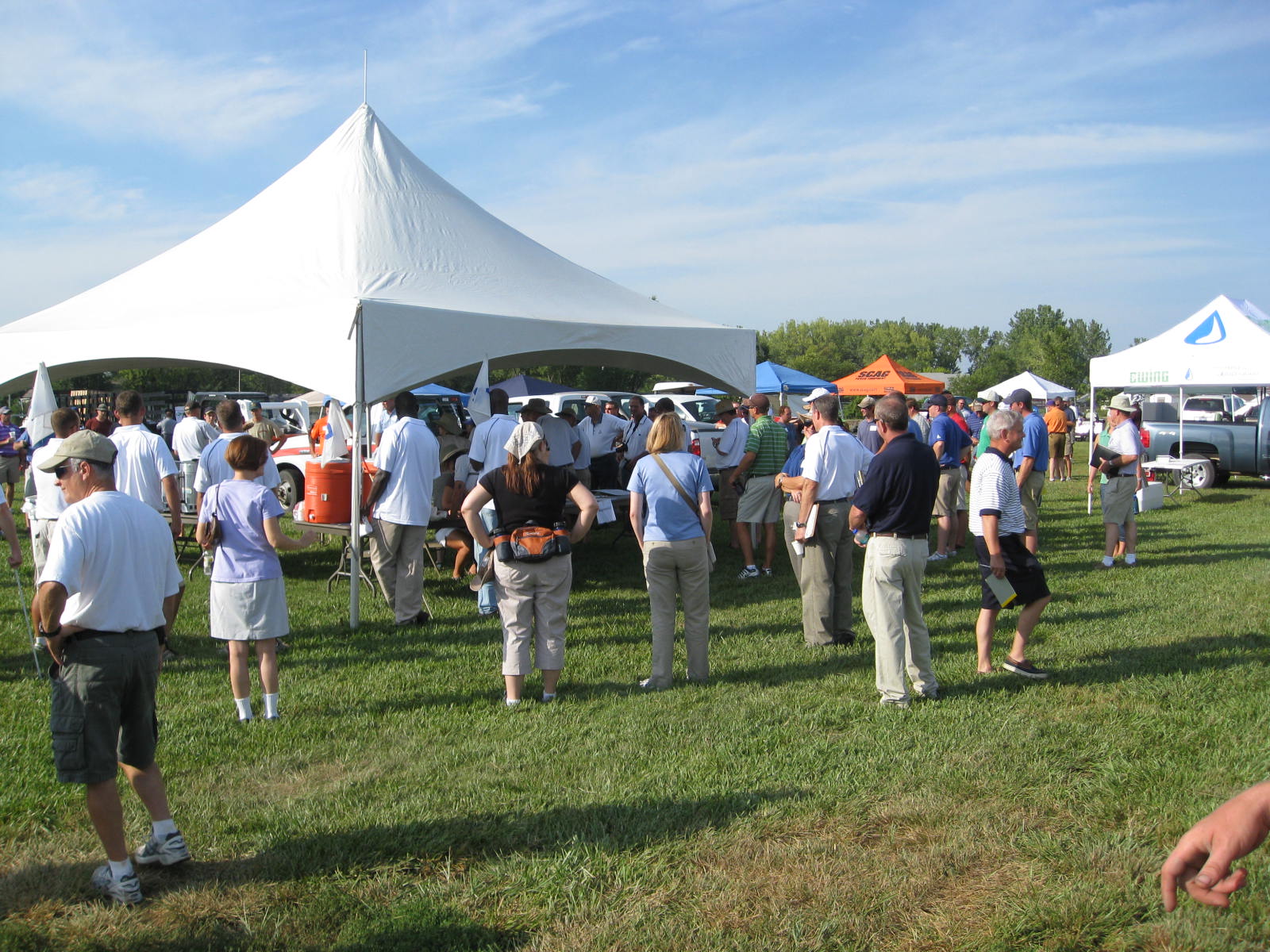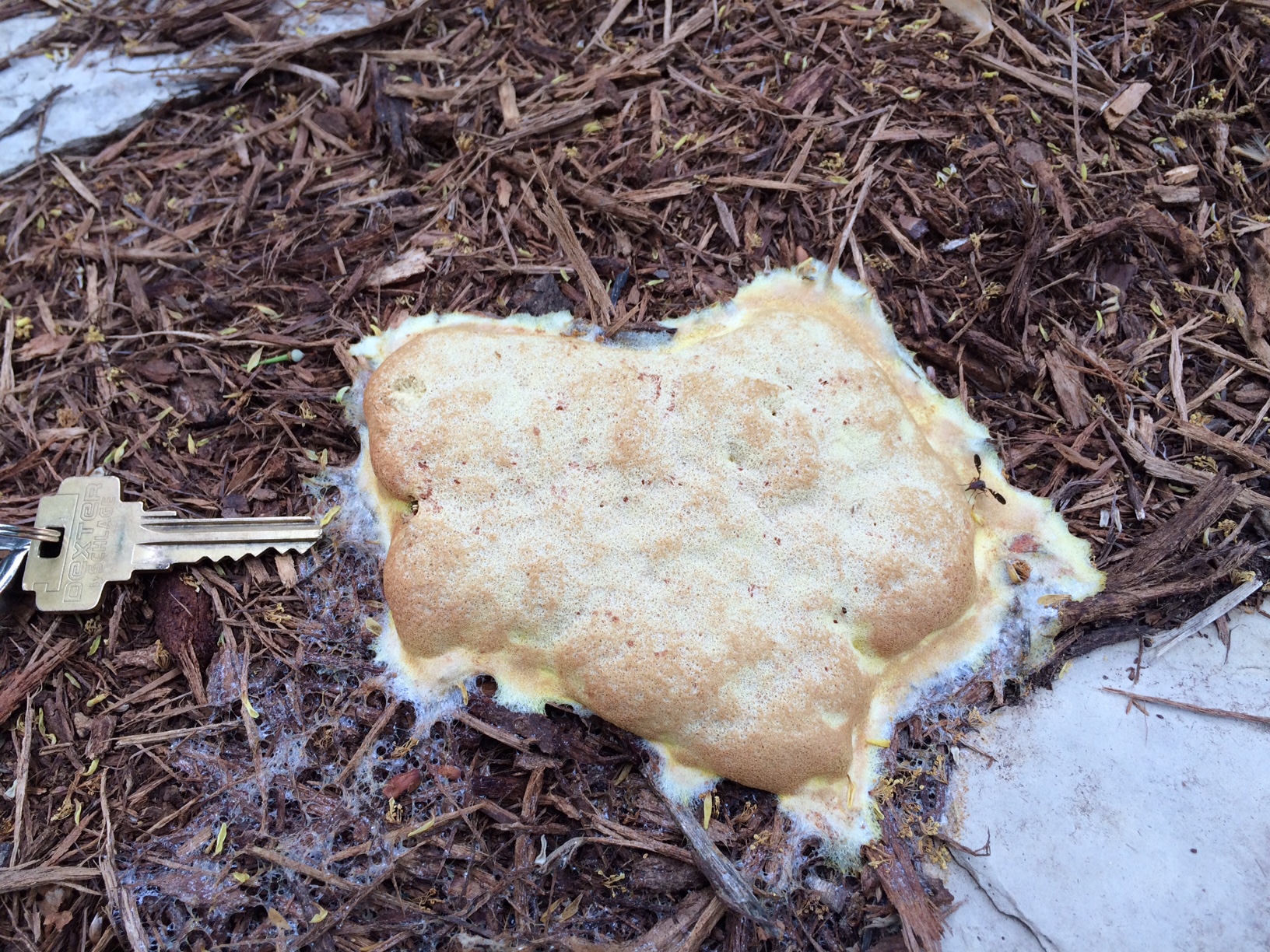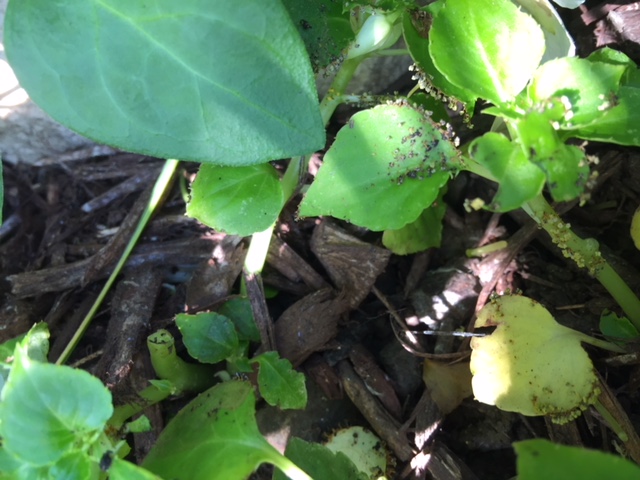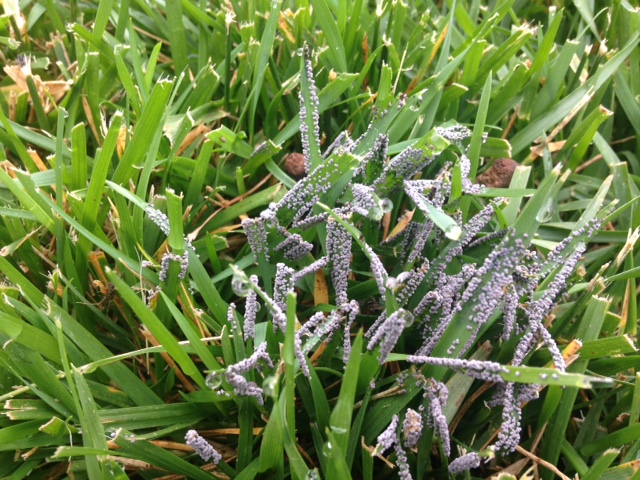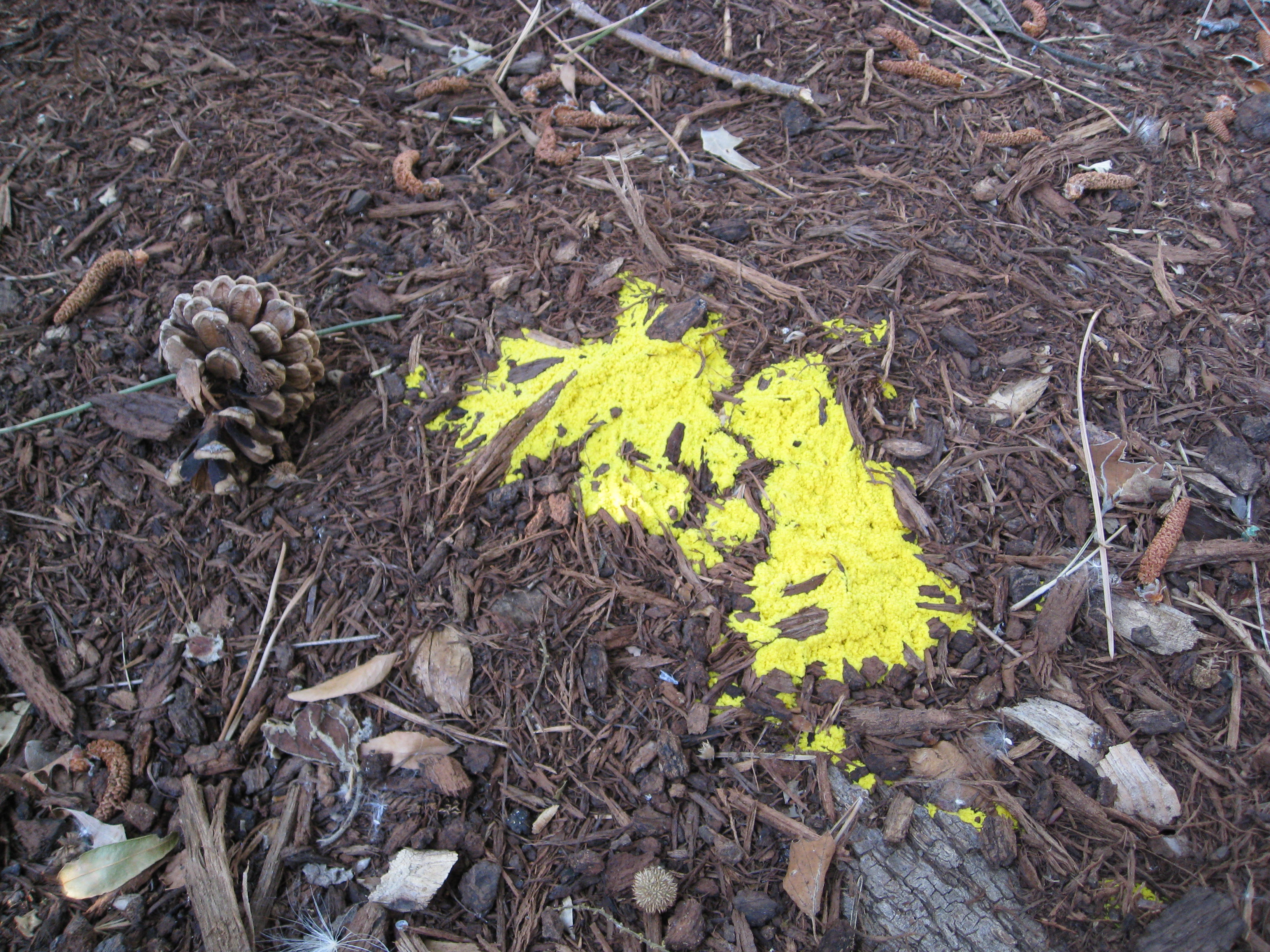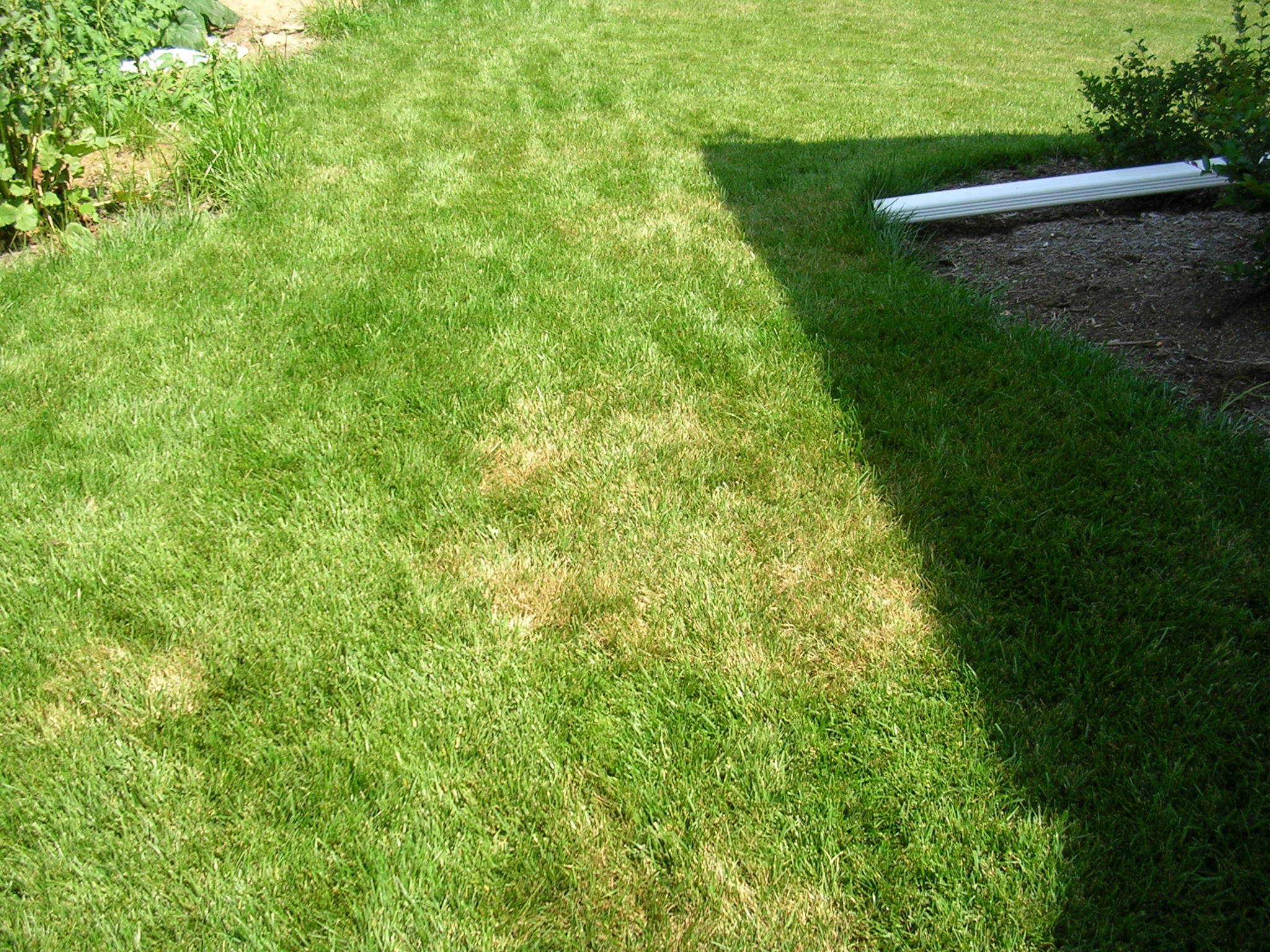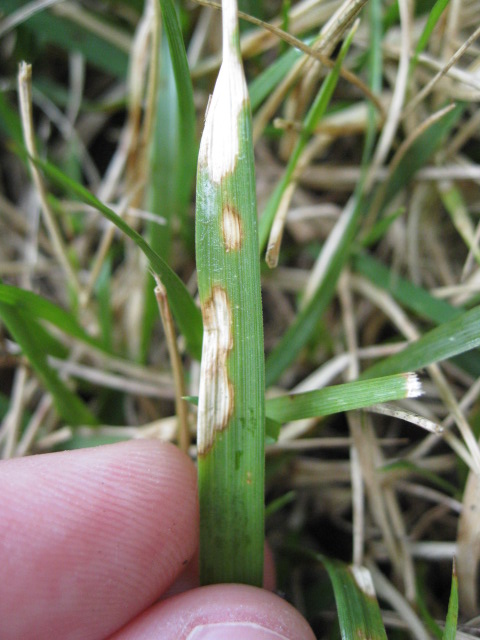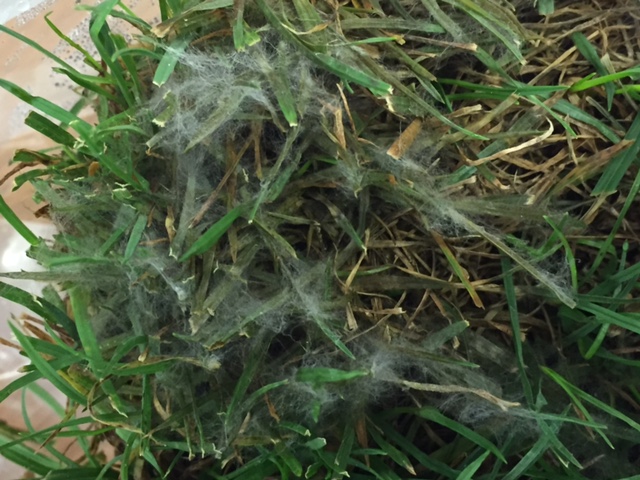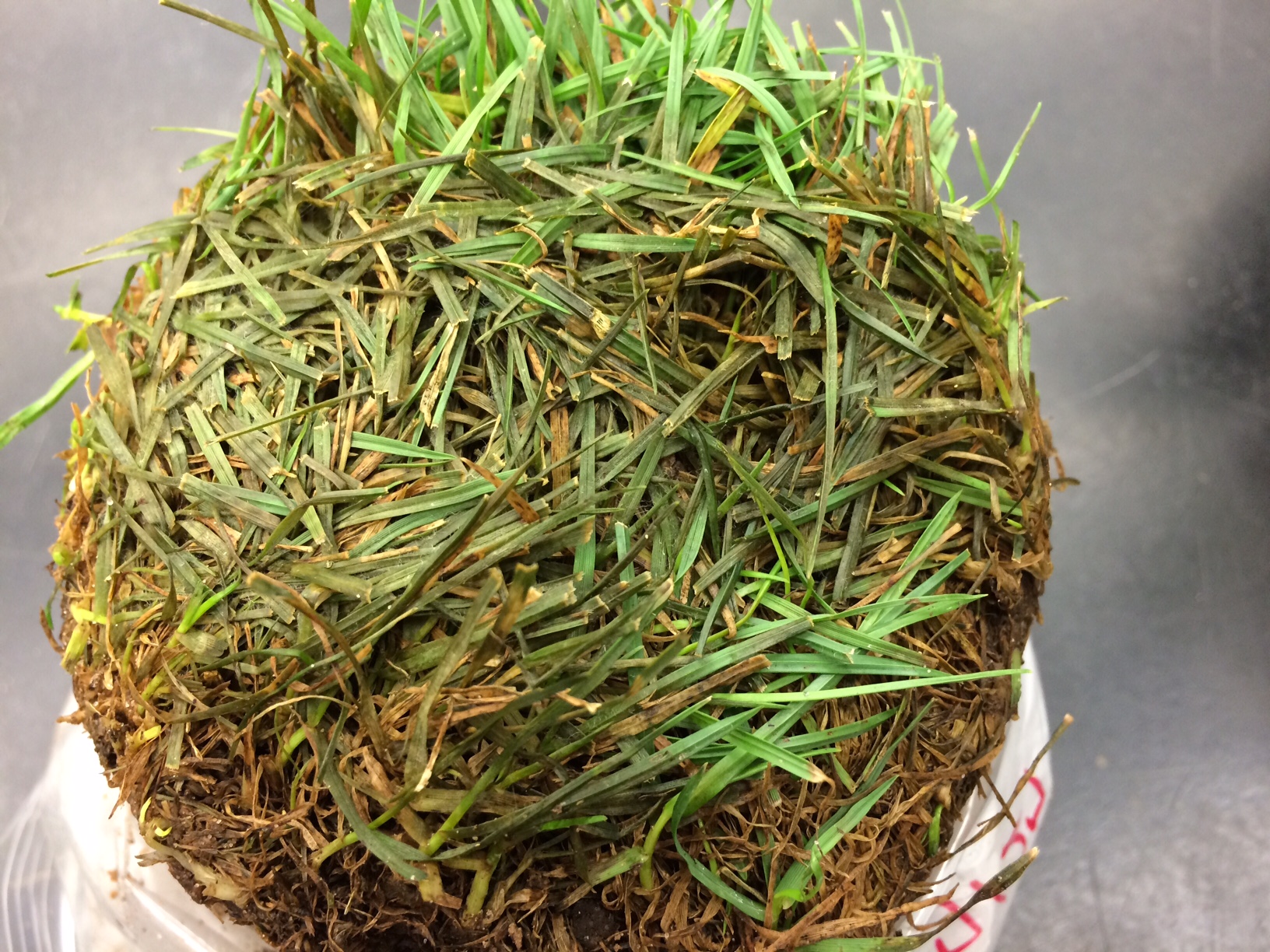(Megan Kennelly, KSU Plant Pathology)
Here is a turf sample that came in this week. After one night in a moist chamber, there was an obvious cobwebby growth:
Notice how the turf looks matted down and greasy, too.
In the microscope here is what I saw – hyphae (fungal threads) with no crosswalls. This means Pythium foliar blight.
Pythium is not a true fungus, and many fungicides that work for other turf diseases do not work for Pythium blight. For a list of products that can handle Pythium, you can check out this resource (scroll to page 23-24):
http://www2.ca.uky.edu/agcomm/pubs/ppa/ppa1/ppa1.pdf
In addition, don’t forget that foliar Pythium is different from root Pythium. With foliar Pythium, we see it most often in fairways, tees, and athletic fields. It is extremely rare in putting greens in Kansas. It is also rare in home lawns, but it can happen there from time to time.
Pythium loves water and lush turf. To reduce your risk, avoid over-watering and watering at night. Avoid excessive N. As a special bonus that will reduce the threat of brown patch too! Pythium can easily track with mowers and in with water-flow through drainage. Avoid mowing Pythium areas when it is wet, with mycelium, to avoid tracking it into other areas.
There are more tips here in Identification and Management of Turfgrass Diseases.
The cottony, cobwebby growth can be confused at times with brown patch. If you have any doubt, send some in to the lab.
Unlike Pythium, the brown patch fungus produces distinctive cross-walls in the hyphae:
And here is one more to show cross-walls vs none:
Here are some images of what Pythium foliar blight can look like in the field. You can see how it might be confused with other problems. When in doubt, send something in.
Tracking with a mower:
Not super distinctive…
…but upon closer inspection some mycelium was visible:
After a night in a moist chamber the mycelium was all over:
In the lab, that mycelium did not have cross walls.
Here’s one more shot of Pythium foliar blight in a low area on a bentgrass fairway:


